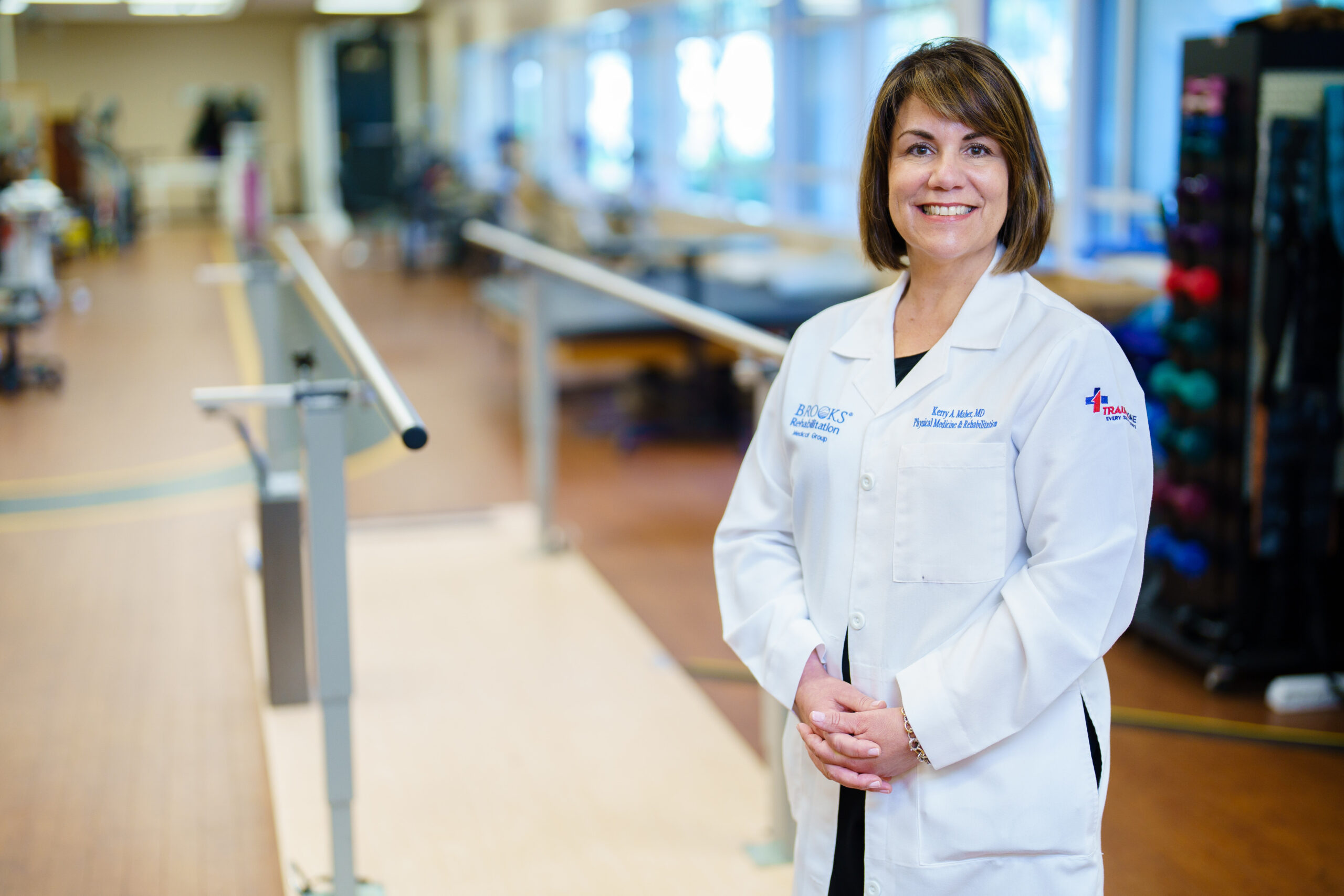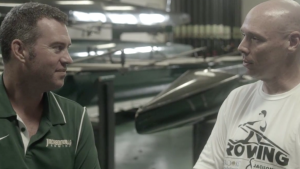Dr. Kerry Maher Discusses Physical Medicine and Rehabilitation (PM&R) Physicians

Back to physical health resource hub
Video Transcript
Hi, my name is Kerry Maher, and I’m a physiatrist here at Brooks Rehabilitation. I’m the Medical Director of Admissions and Senior Vice President of PM&R Consulting and Education.
A PM&R physician is a medical doctor. PM&R stands for physical medicine and rehabilitation. We are physicians that deal with the disabled.
We are physicians of function because we deal with the functional aspects of patients and their quality of life. The training for a physical medicine and rehab physician is four years of undergraduate with four years of medical school and then four years of residency.
The first year of residency is your internship. So normally that’s a rotational internship or an internal medicine year. And then it’s three years of physical medicine and rehabilitation.
Some physicians do go on to do an extra year of fellowship training in spinal cord injury, traumatic brain injury, pain rehab, musculoskeletal, but that’s the choice of the physician.
Primary care physicians normally are pediatricians, internal medicine trained physicians, or family practice physicians. And you have your primary care physician from birth to the end of life. They treat acute and chronic illnesses.
A physical medicine and rehabilitation physician normally takes care of patients with musculoskeletal illnesses, but also catastrophic illnesses such as a traumatic brain injury or spinal cord injury, where the patient may be left disabled with a significant impairment. We are really working on function.
The two physicians, the primary care physician and the physical medicine and rehab physician work together for the goals of that patient and family.
A PM&R physician interacts with a primary care physician on multiple levels. A PM&R physician may receive a referral in their office in order to assist the primary care physician with a musculoskeletal problem or a neurologic problem, or maybe they’ll perform an EMG and nerve conduction velocity to figure out a certain nerve injury. They may also interact with the care team in the intensive care unit, helping the ICU team understand the next level of care, which is post acute.
That’s where the patient goes to increase their function, increase their quality of life, learn how to walk again, maybe use a prosthesis. All of these things are very, very important for returning home and to the community. And that’s where the PM&R physician and the primary care physician really work closely together.


